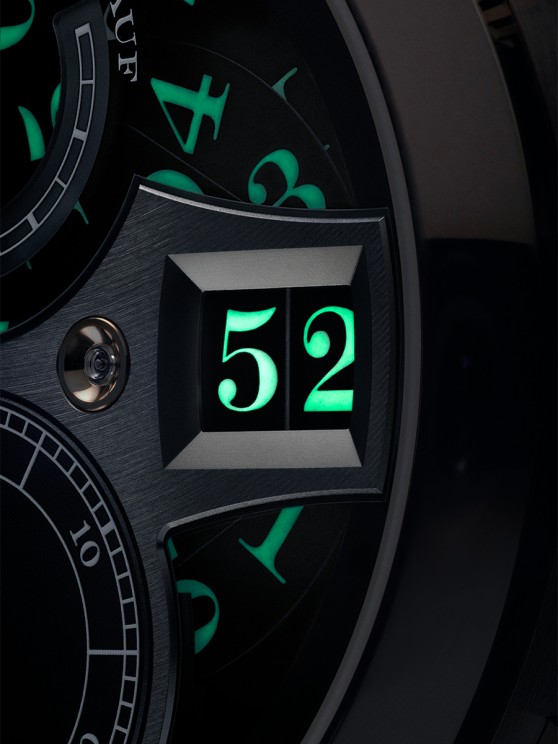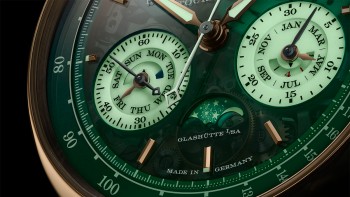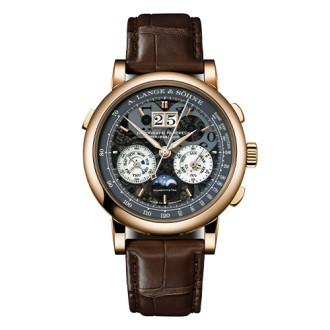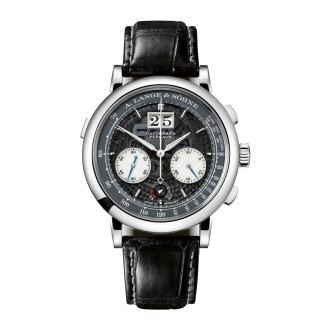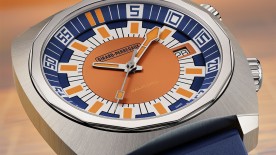At what point does a consistently applied idea become practically a trademark? It’s an appropriate question to ask in reference to the Lumen series by A. Lange & Söhne. In essence, the consistency in question is simply the use of Super-LumiNova on certain parts of the dial. The process itself is not new, given that it has been a systematic feature of almost all watch hands and indices for almost a century.
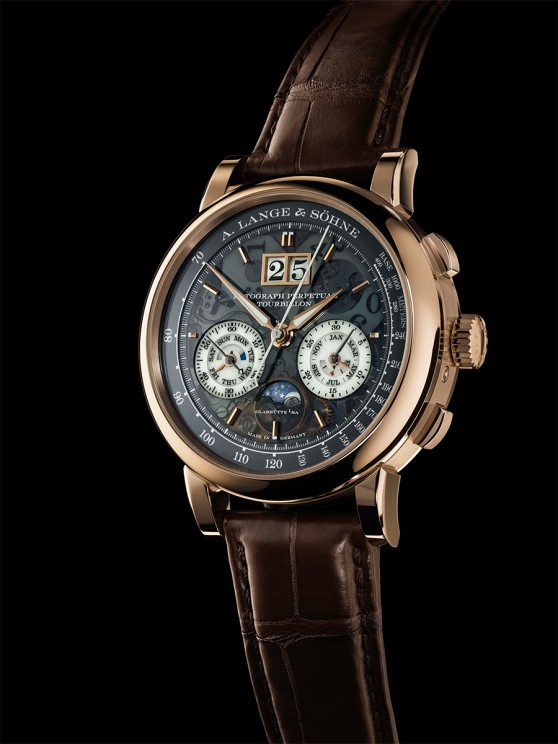
In the sports watch category, Panerai has made the use of lume one of its aesthetic signatures (Luminor and Radiomir models), while the late lamented De Grisogono, a specialist in gala pieces, used it to enhance the lustre of its Tondo by Night. Among independent watchmakers, Sarpaneva, MB&F and their acolyte Black Badger have used it with bold abandon. In art horology, Bovet used it to make the wings of its moths in the Château de Môtiers collection glow. The list goes on and on. So what sets A. Lange & Söhne’s Lumen watches apart? The answer can be summed up in three words: consistency, complication and limitation.
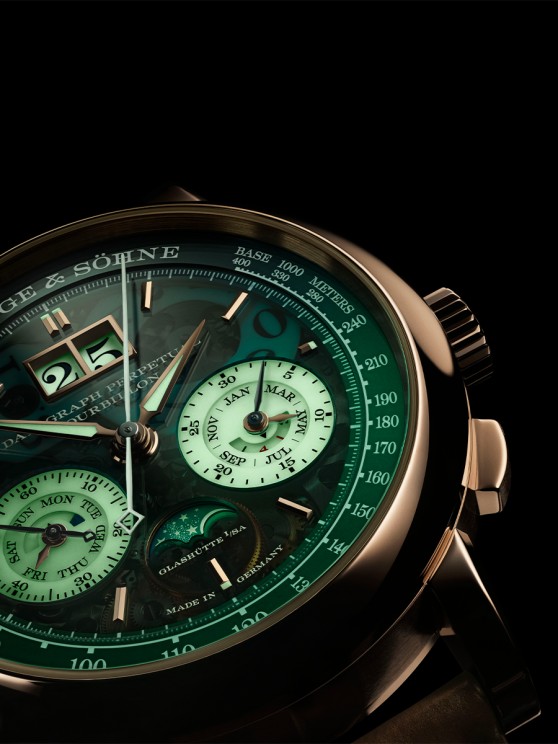
Consistency
The regularity with which A. Lange & Söhne releases Lumen models has solidified the process in the minds of collectors. The German manufacture unveils new Lumens with metronomic precision, almost every three years: the Grande Lange 1 Phases de Lune Lumen in 2016, followed by the Datograph Up/Down Lumen in 2018, the Zeitwerk Honeygold Lumen in 2021 and now the Datograph Perpetual Tourbillon Honeygold Lumen, revealed at Watches and Wonders just a few weeks ago in 2024. Each model has featured a unique application of lume: chronograph, date and flange in the first instance, big date only in the second, and all the perpetual calendar indications in the latest, including the moon phase.
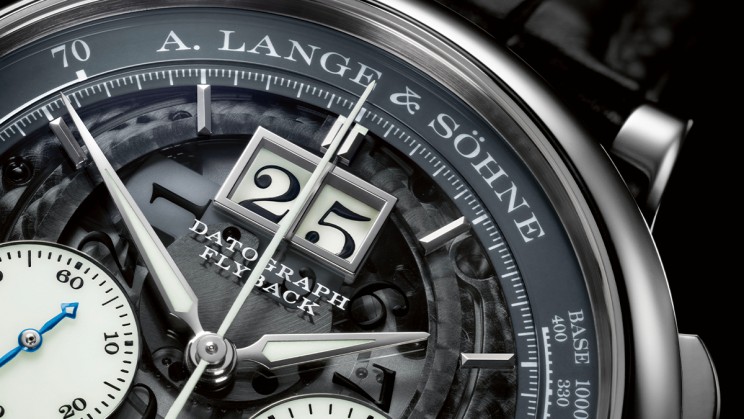
Complication
Lume is always used to highlight a complication. It does not simply illuminate static elements (such as the dial) or basic indicators (like hands or indices). At A. Lange & Söhne, the lume showcases something special about the mechanics. In the 2016, 2018 and 2024 models, the Big Date takes pride of place (accompanied by the moon phase in the first). Positioned at 12 or 1 o’clock, it dominates the dial. It is adjusted by the pusher at 10 o’clock, following a Jaeger-LeCoultre patent from the 1990s that has since been transferred to the German manufacture, as both houses belong to the same group.
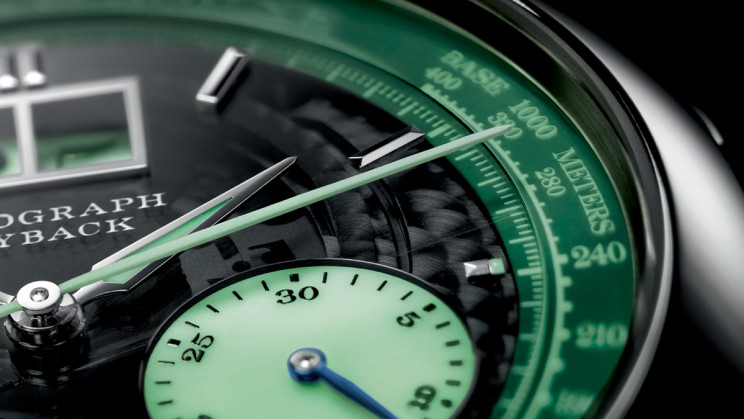
In the 2021 Zeitwerk, the choice of where to place the lume is limited, since the piece has only one complication, strictly speaking – the large decimal hour display that stretches horizontally from 9 o’clock to 3 o’clock. As the numerals glow under the night sky, the units not on display can also be glimpsed in the heart of the movement, concealed behind a smoked sapphire glass. The Datograph Perpetual Tourbillon Honeygold Lumen is the most expressive at night, showcasing the day, date, month, leap years, moon phases and big date. A true beacon in the dark!

Limitation
Rarity is a key factor in the value of a watch, as A. Lange & Söhne is well aware. The three watches unveiled between 2016 and 2024 were all in limited series of 200 pieces each, with the exception of the very latest Datograph Perpetual Tourbillon Honeygold Lumen, which is limited to just 50 pieces. Their prices have soared: to around €69,000 for the first edition, €95,000 for the second, €100,000 for the third and a staggering €620,000 for the latest 2024 edition. As they say, “The rarer it is, the more it costs.”
